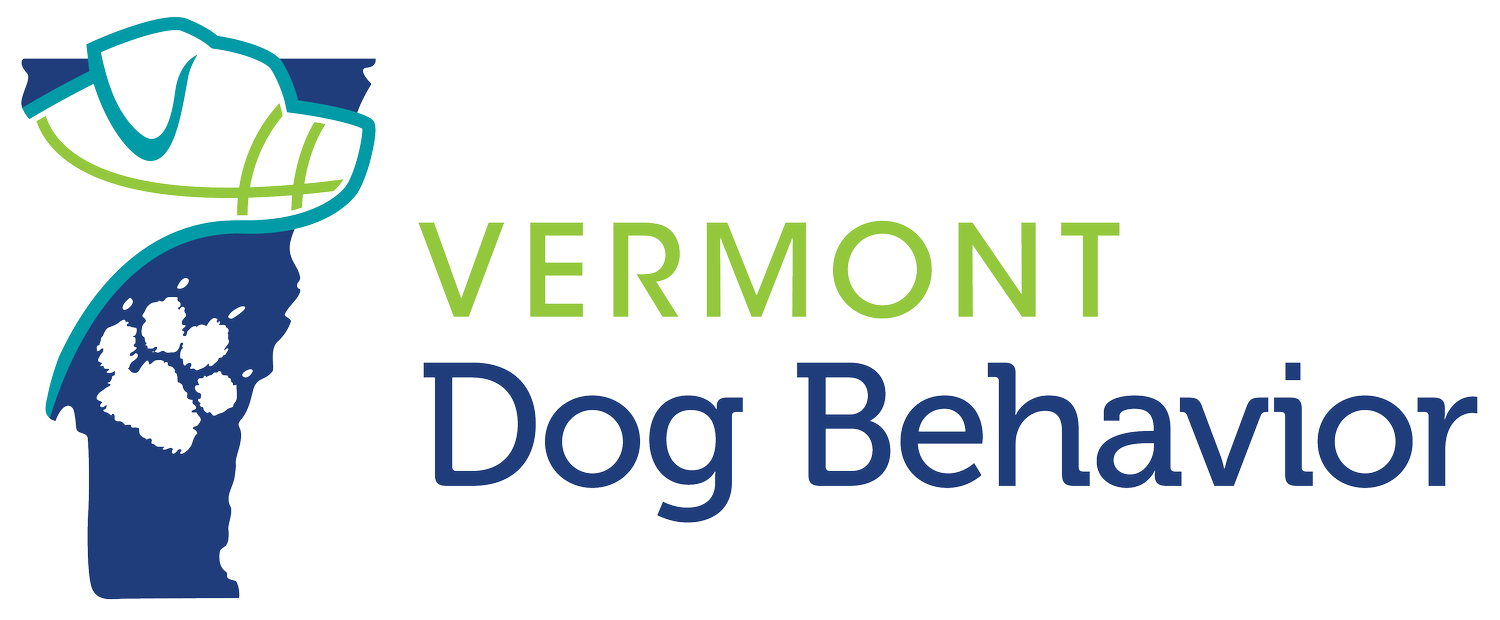What does ‘Least Intrusive, Minimally Aversive’ mean?
LIMA requires that trainers and behavior consultants use the “least intrusive, minimally aversive technique likely to succeed in achieving a training [or behavior change] objective with minimal risk of producing adverse side effects.” It is also a competence criterion, requiring that trainers and behavior consultants be adequately trained and skilled in order to ensure that the least intrusive and aversive procedure is in fact used. 1
LIMA Is Competence-Based
LIMA requires that trainers/behavior consultants work to increase the use of positive reinforcement and lessen the use of punishment in work with companion animals and the humans who care for them. LIMA protocols are designed to be maximally humane to learners of all species. In order to ensure best practices, consultants/trainers should pursue and maintain competence in animal behavior consulting through education, training, or supervised experience, and should not advise on problems outside the recognized boundaries of their competencies and experience.2
Positive Reinforcement and Understanding the Learner
Positive reinforcement should be the first line of teaching, training and behavior change program considered, and should be applied consistently. Positive reinforcement is associated with the lowest incidence of aggression, attention-seeking, and avoidance/fear in learners3.
Only the learner determines what is reinforcing. It is crucial that the consultant/trainer understands and has the ability to appropriately apply this principle. This may mean that handling, petting, various tools and environments are assessed by the handler each time the learner experiences them, and that trainer bias not determine the learner’s experience. The measure of each stimulus is whether the learner’s target behavior is strengthening or weakening, and not the consultant/trainer’s intent or preference.
Clarity and Consistency in Problem Solving
It is the handler’s responsibility to make training and modification of behavior clear, consistent and possible for the learner. We recognize that a variation of learning and behavior change strategies may come into play during a learning/teaching relationship, and can be humane and a least intrusive, effective choice in application. 4 However, ethical use of this variation is always dependent on the consultant/trainer’s ability to adequately problem solve, to understand his or her actions on the learner, and requires sensitivity toward the learner’s experience.
Preventing Abuse
We seek to prevent the abuses and potential repercussions of unnecessary, inappropriate, poorly applied or inhumane uses of punishment. The potential effects of punishment can include aggression or counter-aggression; suppressed behavior (preventing the consultant/trainer from adequately reading the animal); increased anxiety and fear; physical harm; a negative association with the owner or handlers; and increased unwanted behavior, or new unwanted behaviors. 5
Choice and Control for the Learner
LIMA guidelines require that consultants always offer the learner as much control and choice as possible during the learning process, and treat each individual of any species with respect and awareness of the learner’s individual nature and needs.6
What Do You Want the Animal TO do?
We focus on reinforcing desired behaviors, and always ask the question, “What do you want the animal TO do?” when working through a training or behavior problem. Relying on punishment in training does not answer this question, and therefore offers no acceptable behavior for the animal to learn in place of the unwanted behavior.
Punishment should never be the first line of treatment in an intervention, nor should it make up the majority of a behavior modification program. Further, it should be discontinued as quickly as possible once the desired behavior change has taken place. In cases where the application of punishment is considered, best practices of application and next steps can best be determined by understanding and following the Humane Hierarchy of Behavior Change – Procedures for Humane and Effective Practices, outlined in the diagram attached.7
For these reasons, we strongly support the understanding and application of LIMA protocols, and applaud those working with animals and humans in a humane and thoughtful manner.


